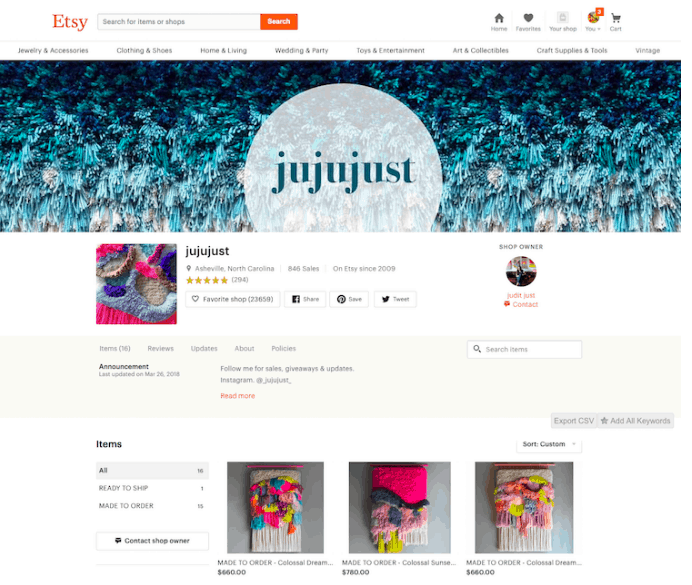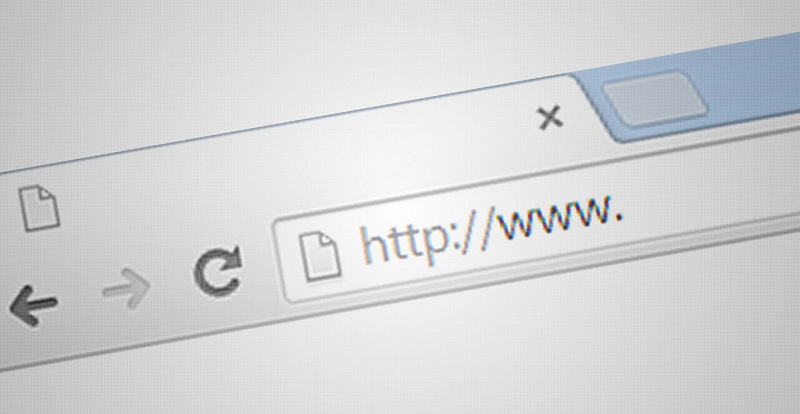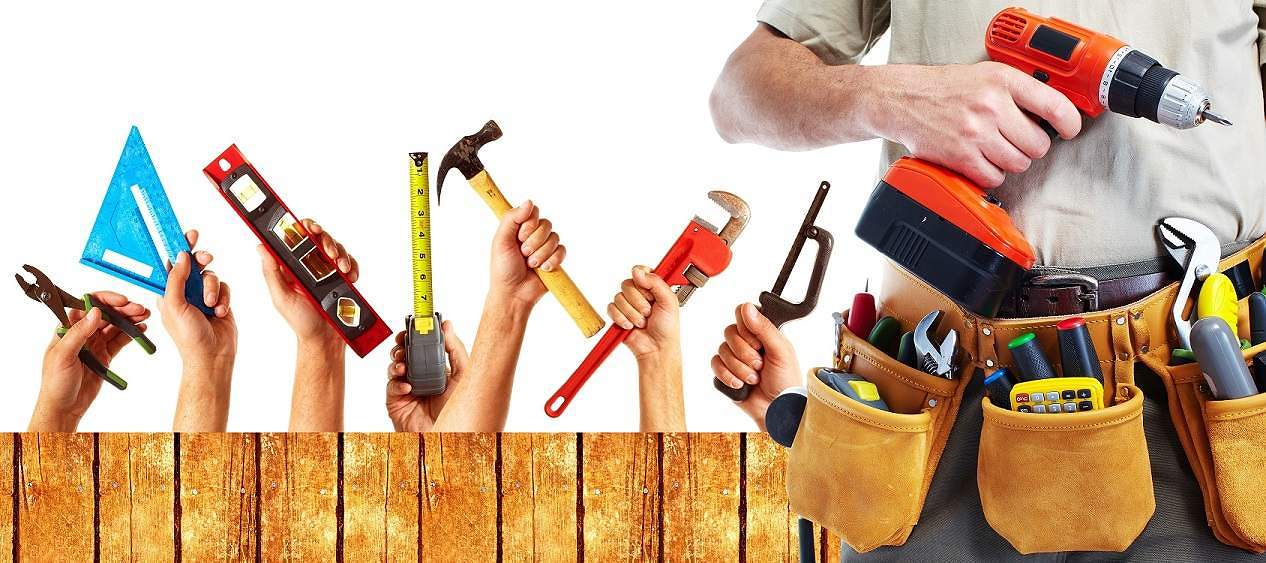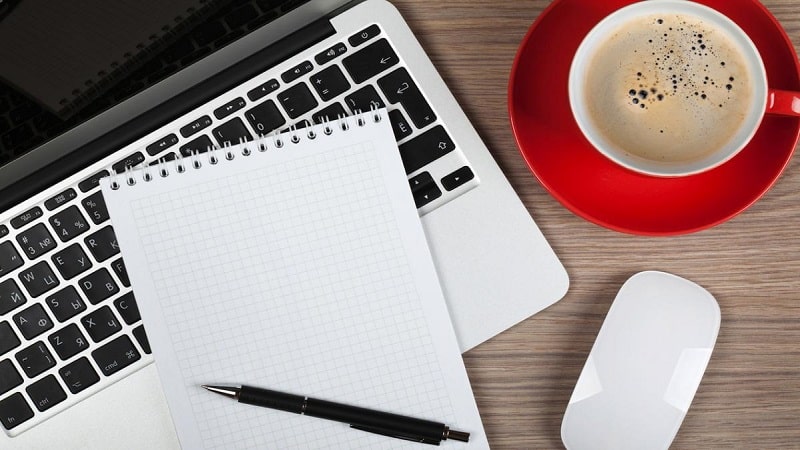In the realm of professional networking, the business card remains a timeless tool.
It’s small, convenient, and capable of making a lasting impression. However, one of the fundamental aspects of creating an effective business card is understanding its dimensions.
This guide will break down everything you need to know about business card dimensions, ensuring your cards are perfectly crafted to leave a memorable impact.
Table of Contents
Standard Business Card Dimensions

United States and Canada
In the United States and Canada, the standard business card size is 3.5 inches by 2 inches (88.9 mm by 50.8 mm). This dimension fits conveniently into wallets, pockets, and cardholders, making it the most widely adopted size in these regions.
Europe
European business cards typically measure 3.346 inches by 2.165 inches (85 mm by 55 mm). While slightly different from their North American counterparts, they still fit well within standard card slots.
Other Regions
- Japan: The common size is 3.582 inches by 2.165 inches (91 mm by 55 mm).
- China: Business cards often measure 3.54 inches by 2.125 inches (90 mm by 54 mm).
Understanding these variations is crucial for professionals who engage in international business, as it ensures compatibility with local standards and expectations.
Why Do Dimensions Matter?
Professionalism and Consistency
A business card that adheres to standard dimensions reflects professionalism and attention to detail. It ensures consistency across your brand’s materials, which can help in establishing a cohesive corporate identity.
Practicality
Standard dimensions ensure that your business card will fit into cardholders, wallets, and business card scanners without issue. This practicality enhances the user experience for the recipient, making it more likely that they will retain and use your card.
Design Considerations
Knowing the dimensions upfront allows graphic designers to create layouts that are visually appealing and functional. It provides a clear framework within which to work, ensuring that all elements of the design are proportionate and balanced.
Essential Design Tips for Business Cards

Bleed Area
When designing a business card, it’s important to account for the bleed area. The bleed is an extra space around the card’s perimeter that ensures no unprinted edges appear when the card is trimmed. Typically, you should add a 0.125-inch (3.175 mm) bleed on each side.
Safe Zone
The safe zone is the area inside the business card where critical information should be placed. This area is typically 0.125 inches (3.175 mm) away from the card’s edges. Keeping text and important graphics within this zone ensures they won’t be cut off during trimming.
Resolution
For the best print quality, your business card design should have a resolution of 300 dots per inch (DPI). This high resolution ensures that your card’s text and images are sharp and clear.
Color Mode
Always design your business card in CMYK color mode rather than RGB. CMYK (Cyan, Magenta, Yellow, Black) is the standard color model for printed materials, ensuring that your colors appear correctly when printed.
Custom Business Card Sizes
While standard sizes are prevalent, custom dimensions can make your business card stand out. However, deviating from the norm should be done thoughtfully to maintain practicality and professionalism.
Mini Business Cards
Mini business cards, typically measuring 3 inches by 1 inch (76.2 mm by 25.4 mm), offer a unique look but still fit comfortably in most wallets and cardholders.
Square Business Cards
Square cards, usually 2.5 inches by 2.5 inches (63.5 mm by 63.5 mm), provide a modern and distinctive appearance. They allow for creative layouts while maintaining a practical size.
Folded Business Cards
Folded business cards can be 3.5 inches by 4 inches (88.9 mm by 101.6 mm) when unfolded. They offer additional space for information, making them ideal for businesses that need to convey more details or showcase a portfolio.
Popular Materials for Business Cards
The material of your business card can significantly impact its look and feel. Here are some popular choices:
Standard Cardstock
Most business cards are printed on cardstock, typically weighing between 14 pt and 16 pt. This thickness provides durability while maintaining flexibility.
Premium Cardstock
For a more luxurious feel, consider premium cardstock, which ranges from 18 pt to 32 pt. These cards are thicker and more durable, making a strong impression.
Specialty Materials
Some businesses opt for unique materials such as:
- Metal: Offers a sleek and modern look.
- Plastic: Durable and waterproof.
- Wood: Eco-friendly and distinctive.
Enhancing Your Business Card
Finishes
Adding a finish to your business card can elevate its appearance and texture. Popular finishes include:
- Glossy: Provides a shiny, polished look.
- Matte: Offers a smooth, non-reflective finish.
- Spot UV: Highlights specific areas with a glossy effect.
Embossing and Debossing
Embossing raises elements of the card, while debossing imprints them. Both techniques add a tactile element, making your card more memorable.
Foil Stamping
Adding foil accents in gold, silver, or other metallic colors can make your business card stand out. This technique is often used for logos or special text.
Conclusion: Making the Most of Your Business Card
Your business card is more than just a tool for sharing contact information; it’s an extension of your brand. Understanding and utilizing the correct dimensions ensures your card is professional, practical, and effective. Whether you’re sticking to standard sizes or exploring custom options, the key is to balance creativity with functionality.
Ready to design your perfect business card? Keep these tips in mind to create a card that not only looks great but also leaves a lasting impression on everyone you meet.



















